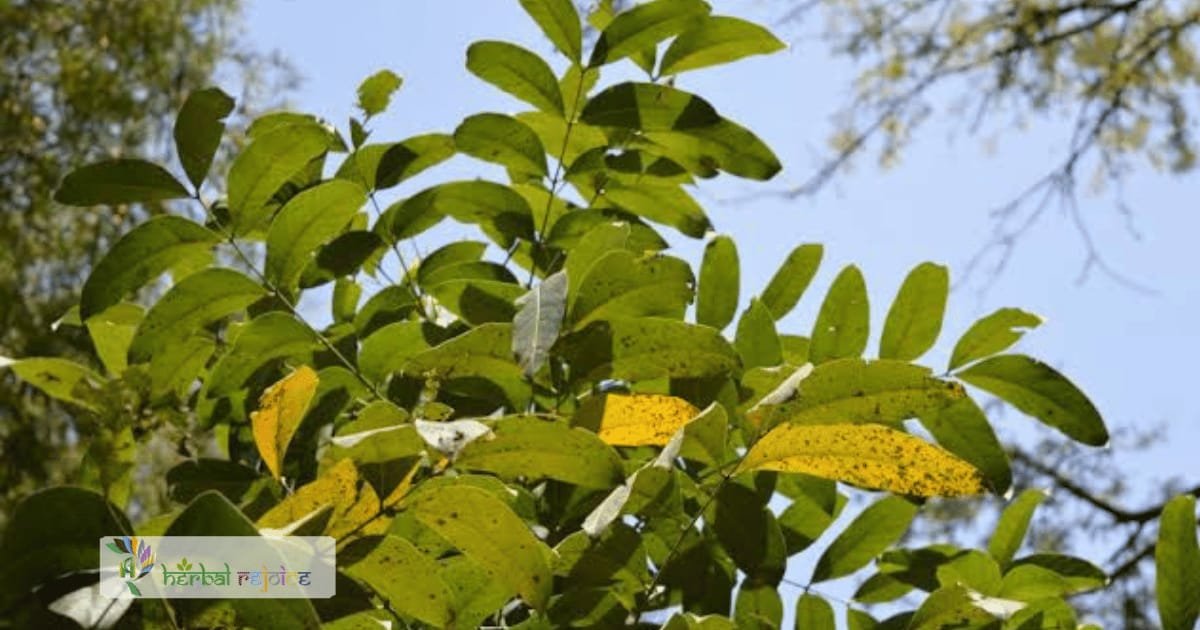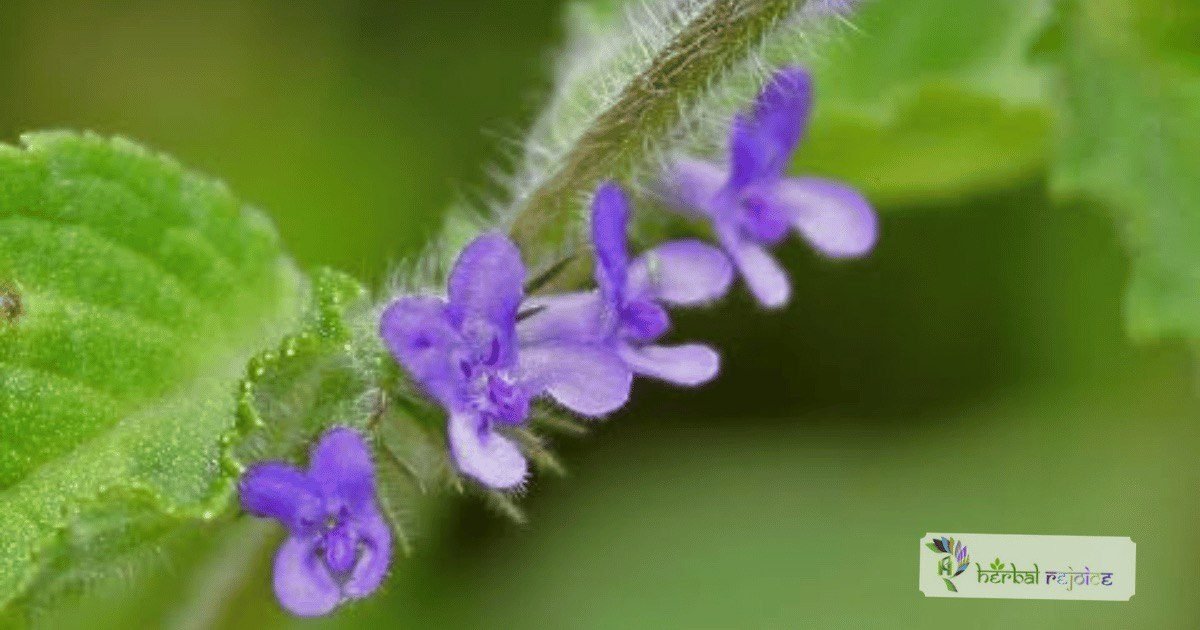Introduction:
Xylia xylocarpa (Roxb.) Taub., also known as X. dolabriformis Benth., is a plant species belonging to the Mimosaceae family.
Xylia xylocarpa is traditionally used to treat various ailments such as intestinal worm infections, diarrhea, rheumatoid arthritis, leprosy, ulcers, and piles.

Names and Habitat Of Xylia
It is commonly found in Peninsular India and has been traditionally used in Siddha/Tamil medicine as a remedy for various ailments. In this article, we will explore the medicinal properties of Xylia xylocarpa and its potential applications in modern medicine.
Medicinal Properties Of Xylia
1. Anthelmintic and Antidiarrheal Effects:
The bark of Xylia xylocarpa exhibits anthelmintic properties, making it effective in treating intestinal worm infections. Additionally, it has been used as an antidiarrheal agent to alleviate symptoms of diarrhea.
2. Antirheumatic Effect:
The seed oil derived from Xylia xylocarpa possesses antirheumatic properties, which makes it helpful in reducing joint pain and inflammation associated with rheumatoid arthritis.
3. Antileprotic Effect:
Both the bark and seed oil of Xylia xylocarpa have been traditionally used as antileprotic agents. They are believed to aid in the treatment of leprosy by reducing symptoms and promoting healing of ulcers commonly associated with the disease.
4. Treatment of Ulcers and Piles:
The bark and seed oil of Xylia xylocarpa have been employed in traditional medicine for the treatment of ulcers and piles. Their application is said to promote healing and provide relief from associated discomfort.
Chemical Composition Of Xylia
1. Beta-Sitosterol:
The leaves of Xylia xylocarpa contain beta-sitosterol, which has been found to possess various therapeutic properties. One such property is its ability to inhibit blood platelet aggregation, making it potentially beneficial in preventing blood clot formation.
2. T-5-Hydroxypipecolic Acid:
Another compound found in the leaves of Xylia xylocarpa is t-5-hydroxypipecolic acid. This compound has shown to be an inhibitor of blood platelet aggregation, similar to beta-sitosterol.
3. Tannins:
The bark of Xylia xylocarpa contains tannins, with a tannin content of 17.1%. Tannins have antioxidant properties and may contribute to the plant’s medicinal effects.
4. Triterpenes:
Triterpenes are also present in the bark of Xylia xylocarpa. These compounds have shown potential anti-inflammatory and antioxidant activities.
5. Fatty Acids:
The seeds of Xylia xylocarpa yield oil rich in various fatty acids, including oleic acid (21.5%), linoleic acid (34.8%), behenic acid (21.3%), and lignoceric acid (10.2%). These fatty acids have numerous health benefits, ranging from cardiovascular health to skin nourishment.
Conclusion:
Xylia xylocarpa (Roxb.) Taub. is a medicinal plant commonly found in Peninsular India. It possesses various therapeutic properties, including anthelmintic, antidiarrheal, antirheumatic, and antileprotic effects.
Additionally, it has been used in traditional medicine for the treatment of ulcers and piles. Chemical analysis of the plant reveals the presence of compounds like beta-sitosterol, t-5-hydroxypipecolic acid, tannins, triterpenes, and fatty acids, which contribute to its medicinal properties.
Frequently Asked Questions(FAQs)
What is Xylia xylocarpa (Roxb.) Taub.?
Xylia xylocarpa (Roxb.) Taub. is a plant species that belongs to the Mimosaceae family and is commonly found in Peninsular India.
What are the medicinal properties of Xylia xylocarpa?
Xylia xylocarpa exhibits various medicinal properties, including anthelmintic, antidiarrheal, antirheumatic, and antileprotic effects.
How is Xylia xylocarpa used in traditional medicine?
In traditional medicine, Xylia xylocarpa is used to treat intestinal worm infections, diarrhea, rheumatoid arthritis, leprosy, ulcers, and piles.
Can Xylia xylocarpa be used to treat joint pain?
Yes, the seed oil derived from Xylia xylocarpa has antirheumatic properties and can be used to reduce joint pain associated with rheumatoid arthritis.
What compounds are found in Xylia xylocarpa?
Xylia xylocarpa contains compounds such as beta-sitosterol, t-5-hydroxypipecolic acid, tannins, triterpenes, and various fatty acids.
What is the role of beta-sitosterol in Xylia xylocarpa?
Beta-sitosterol, found in the leaves of Xylia xylocarpa, has the potential to inhibit blood platelet aggregation, which helps prevent blood clot formation.
How can Xylia xylocarpa be beneficial for leprosy treatment?
Both the bark and seed oil of Xylia xylocarpa have antileprotic properties and can aid in the treatment of leprosy by reducing symptoms and promoting healing of ulcers.
Does Xylia xylocarpa have antioxidant properties?
Yes, tannins found in the bark of Xylia xylocarpa have antioxidant properties, which contribute to the plant’s medicinal effects.
What are the fatty acids present in Xylia xylocarpa seeds?
The seeds of Xylia xylocarpa yield oil rich in fatty acids such as oleic acid, linoleic acid, behenic acid, and lignoceric acid.
Can Xylia xylocarpa treat ulcers and piles?
Yes, the bark and seed oil of Xylia xylocarpa have been traditionally used in the treatment of ulcers and piles, providing relief and promoting healing.
Are there any side effects of using Xylia xylocarpa?
As with any medicinal plant, it is essential to use Xylia xylocarpa under the guidance of a qualified healthcare professional to minimize any potential side effects.
Is there any research on the medicinal properties of Xylia xylocarpa?
Yes, chemical analysis and antimicrobial studies have been conducted on Xylia xylocarpa, indicating its potential therapeutic benefits.
Can Xylia xylocarpa be used as an herbal remedy for digestive issues?
Yes, Xylia xylocarpa has been traditionally used as an anthelmintic and antidiarrheal agent, making it effective in treating digestive issues.
How is Xylia xylocarpa prepared for medicinal use?
Different parts of the Xylia xylocarpa plant, such as the bark and seeds, can be processed and prepared into various forms such as extracts, oils, or powders for medicinal use.
Is Xylia xylocarpa endangered?
There is no evidence to suggest that Xylia xylocarpa is currently endangered, but conservation efforts should be implemented to preserve its natural habitat.
Can Xylia xylocarpa be used as a substitute for modern medicine?
While Xylia xylocarpa has medicinal properties, it is essential to note that it should not be used as a substitute for modern medicine.
How can Xylia xylocarpa be incorporated into modern medicine?
Further research is needed to explore the full potential of Xylia xylocarpa and develop effective and safe treatment options that can be incorporated into modern medicine.
Can Xylia xylocarpa be used for skin conditions?
While there is no specific mention of Xylia xylocarpa being used for skin conditions, the presence of fatty acids





